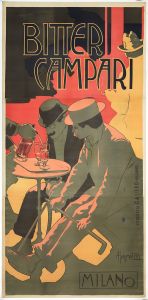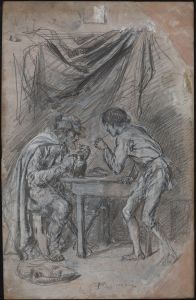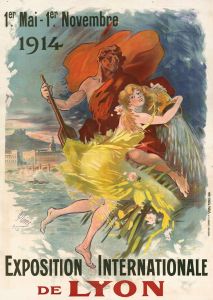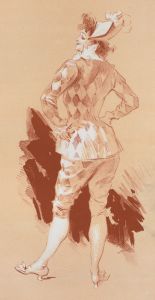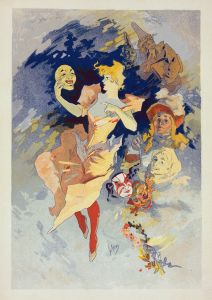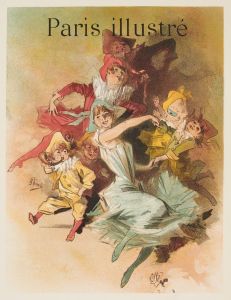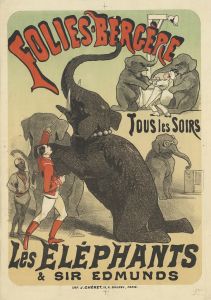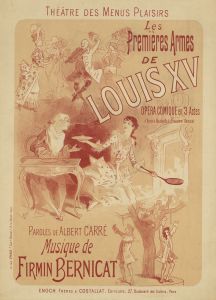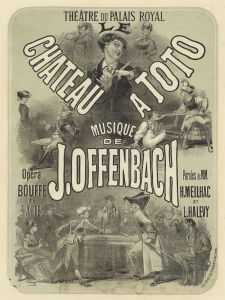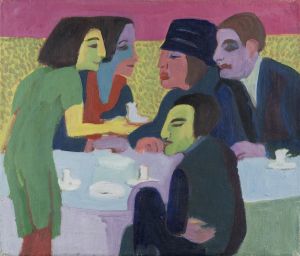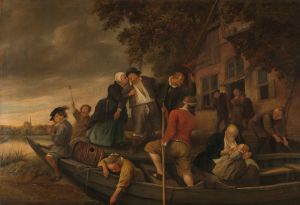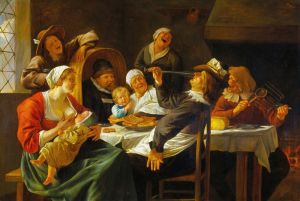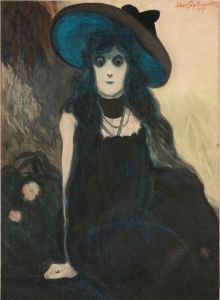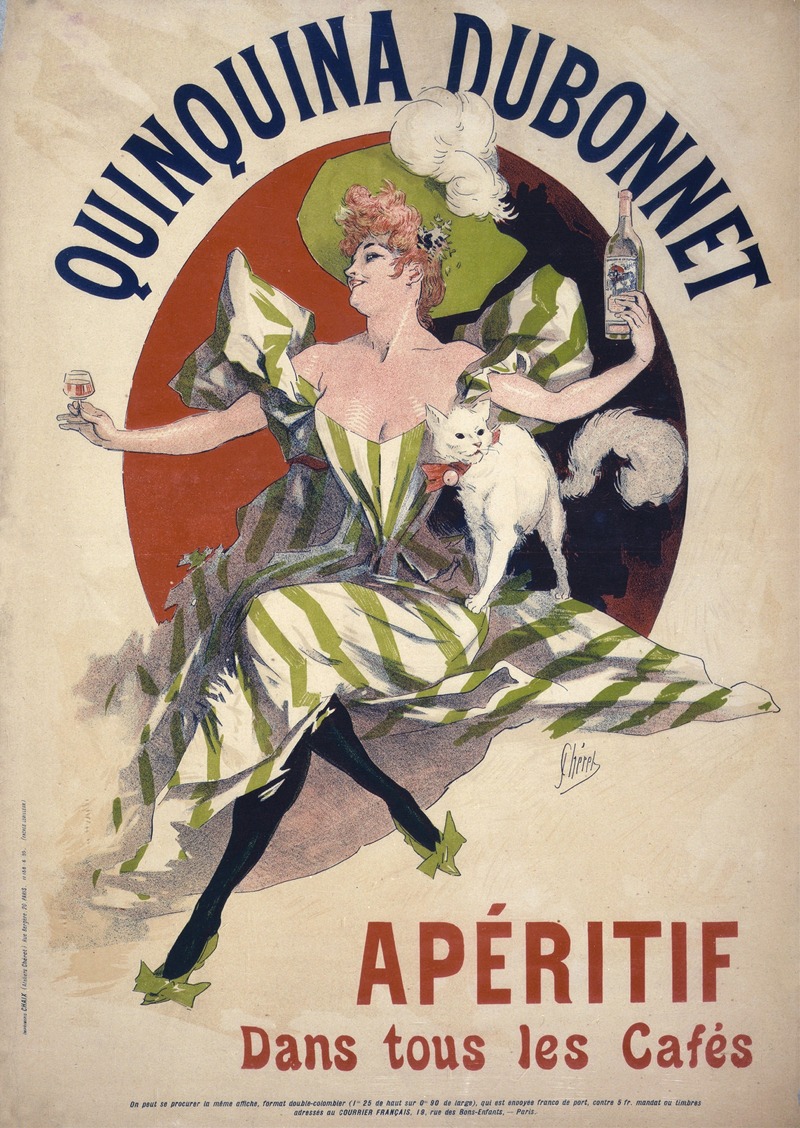
Quinquina Dubonnet apéritif dans tous les cafés
A hand-painted replica of Jules Chéret’s masterpiece Quinquina Dubonnet apéritif dans tous les cafés, meticulously crafted by professional artists to capture the true essence of the original. Each piece is created with museum-quality canvas and rare mineral pigments, carefully painted by experienced artists with delicate brushstrokes and rich, layered colors to perfectly recreate the texture of the original artwork. Unlike machine-printed reproductions, this hand-painted version brings the painting to life, infused with the artist’s emotions and skill in every stroke. Whether for personal collection or home decoration, it instantly elevates the artistic atmosphere of any space.
Jules Chéret, a pioneering French artist and lithographer, is renowned for his significant contributions to the development of the modern poster. One of his notable works is the advertisement poster "Quinquina Dubonnet apéritif dans tous les cafés," which exemplifies his innovative approach to commercial art during the late 19th century. Chéret's work played a crucial role in transforming the perception of posters from mere advertisements to a respected form of art.
Born in Paris in 1836, Chéret was trained in lithography from a young age. He spent several years in London, where he was influenced by British printing techniques and design styles. Upon returning to France, he applied these influences to his work, which helped him to revolutionize the French poster industry. Chéret's posters were characterized by their vibrant colors, dynamic compositions, and the depiction of lively, joyful figures, often referred to as "Chérettes."
The "Quinquina Dubonnet apéritif dans tous les cafés" poster is a quintessential example of Chéret's style. Created in the late 19th century, this poster was designed to advertise Dubonnet, a popular quinquina-based apéritif. Quinquina is a type of fortified wine flavored with cinchona bark, which contains quinine, a compound known for its medicinal properties. Dubonnet was developed in 1846 by Joseph Dubonnet as a means to make quinine more palatable for French Foreign Legion soldiers in North Africa, who needed to consume it to ward off malaria.
Chéret's poster for Dubonnet captures the essence of the Belle Époque era, a period marked by optimism, cultural flourishing, and technological progress in France. The poster features a cheerful, elegantly dressed woman raising a glass of Dubonnet, embodying the spirit of leisure and enjoyment associated with the beverage. The use of bright colors and fluid lines draws the viewer's attention, making the advertisement both eye-catching and memorable.
Chéret's innovative use of color lithography allowed for the mass production of posters, which were then displayed in public spaces throughout Paris and beyond. His work not only promoted products like Dubonnet but also contributed to the democratization of art, as his posters were accessible to the general public. This accessibility helped to blur the lines between fine art and commercial art, paving the way for future artists and designers.
The impact of Chéret's work extends beyond his artistic achievements. He is often credited with inspiring the Art Nouveau movement, which emerged in the late 19th and early 20th centuries. His emphasis on fluid lines, natural forms, and vibrant colors influenced a generation of artists and designers, including Henri de Toulouse-Lautrec and Alphonse Mucha.
In summary, "Quinquina Dubonnet apéritif dans tous les cafés" by Jules Chéret is more than just an advertisement; it is a testament to the transformative power of art in the commercial sphere. Chéret's pioneering techniques and artistic vision not only elevated the status of the poster but also left a lasting legacy on the world of art and design. His work continues to be celebrated for its artistic merit and historical significance, reflecting the cultural vibrancy of the Belle Époque era.






